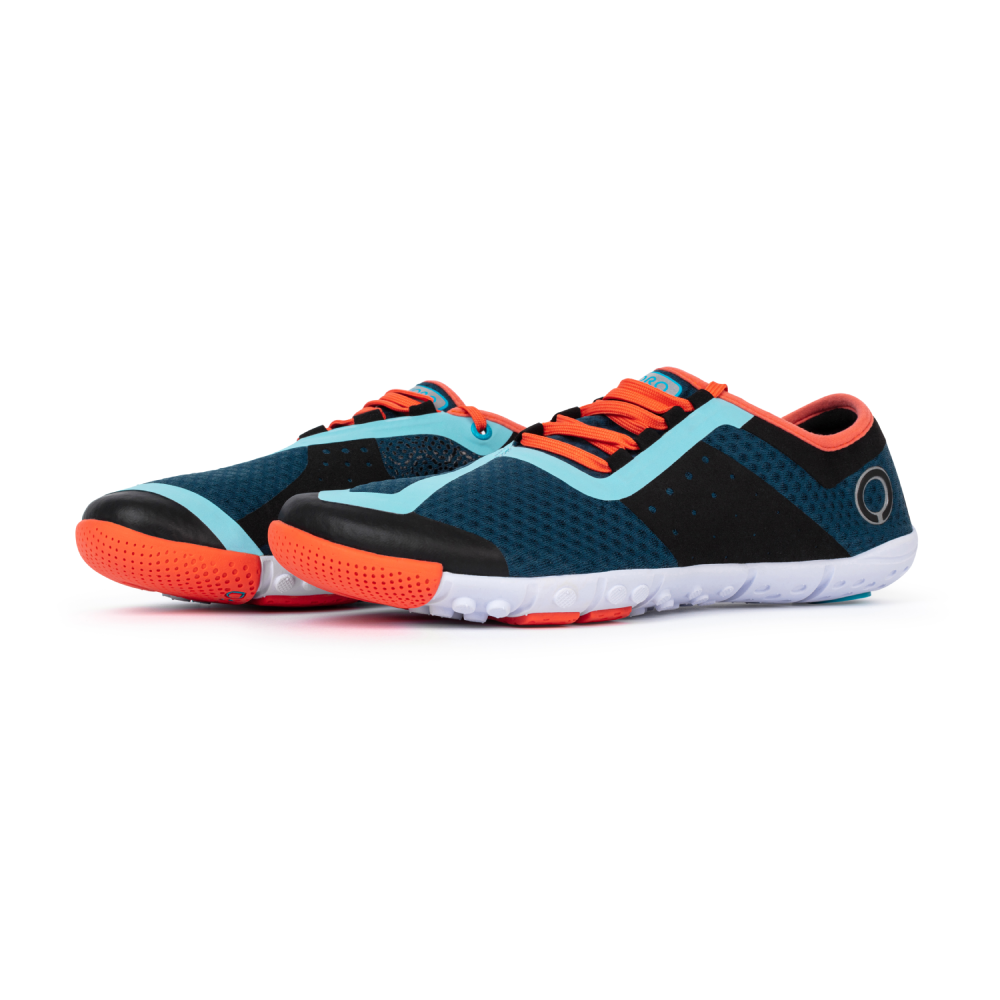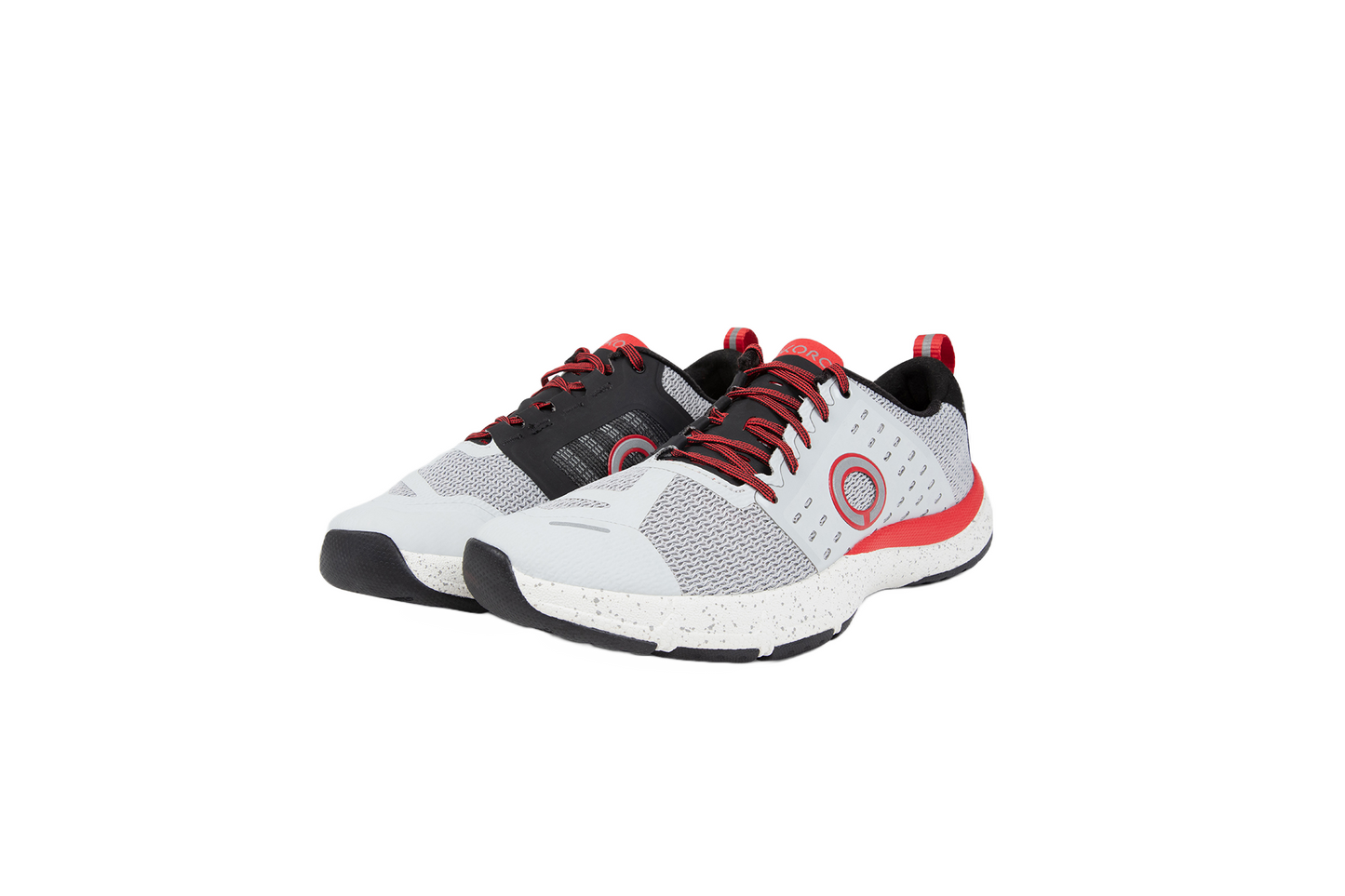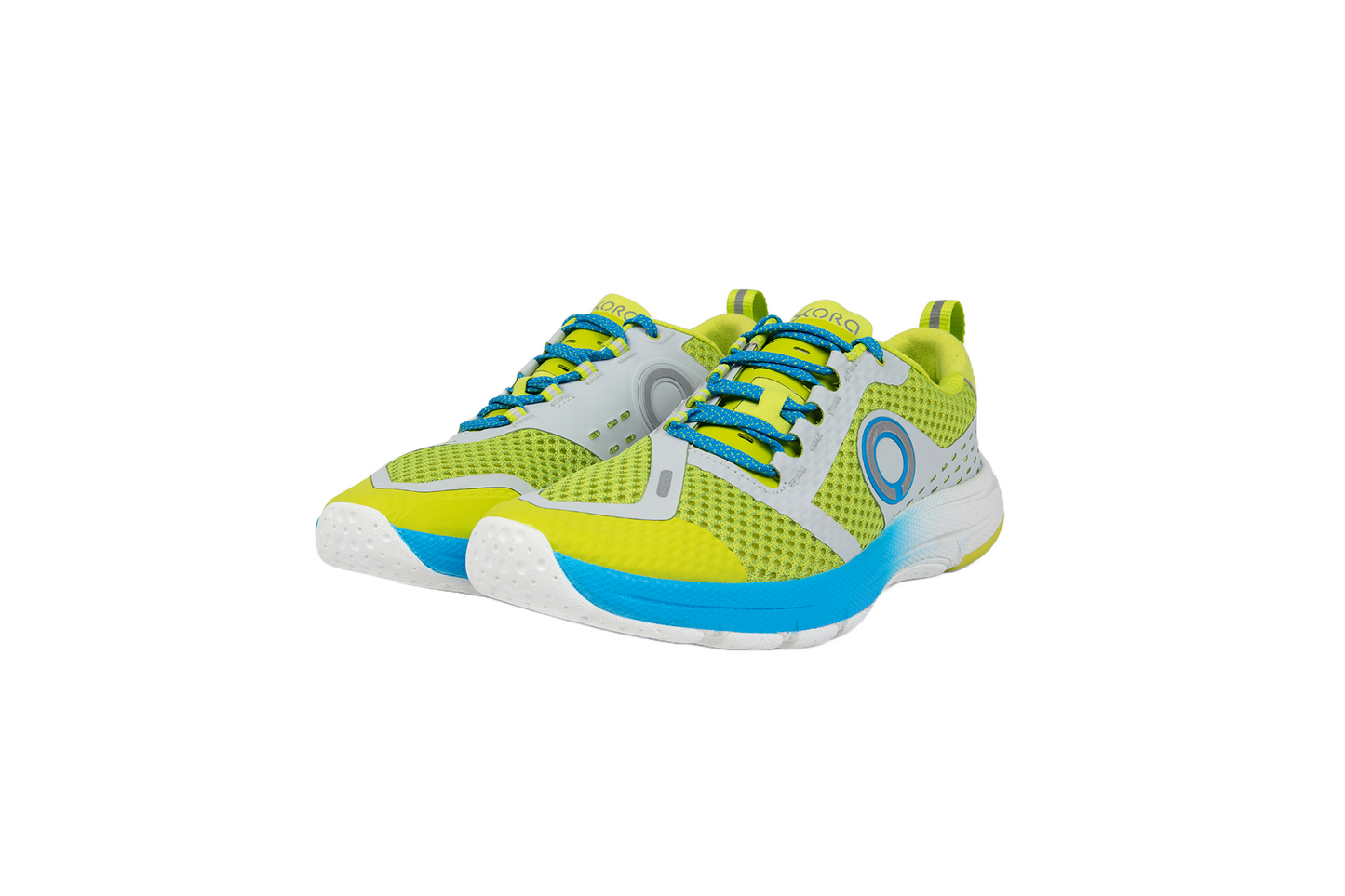Running form is a very important topic that many runners fail to address.
A new swimmer or tennis player begins working on their form early on, yet this is something many new and seasoned runners fail to consider.
While there are so many areas of running form that we can talk about, they may all come down to basically the same root issue – low running cadence.
Running cadence is how many times per minute your foot strikes the ground. A low cadence (under 170) is very often connected to overstriding, or landing with a breaking action in front of your body.
A good rule of thumb is at least 180 steps per minute. It’s easy to count on one leg and aim for at least 90 steps.
Arm position is also related to how quick you step. Your arms move with your legs. Keeping your arms up and using a short choppy arm swing will allow your legs to move at a good clip.
Landing with the heel first vs landing with your forefoot first is a hot debate among runners these days. Unfortunately, it’s the wrong issue!
Instead of what part of the foot touches the ground first, the real importance is where in relation to your body your foot is making contact with the ground first. There is a striking difference between a straight legged landing with a very dorsiflexed ankle and breaking motion vs a “glancing” heel strike with an almost flat foot under your center of gravity.

And let us mention pronation as well! This is a natural and necessary movement of the foot, needed for shock absorption and elastic recoil. Your arch is designed to flatten and reform with each step. All of these movements are constantly changing. Your degree of pronation fluctuates based on different shoes, speeds, terrains, and even which side of the road you are running on!
The take-away:
Count your steps once in a while during a run, how many did you get in 60 seconds? If you’re stepping too slowly, chances are you may be overstriding (or bouncing up and down excessively).
Work on slowly building up your cadence and landing with a more flat footed under your center of mass, for improving running form!
You might also like: Transitioning to Real Running / Does Pronation Matter? / Tenets of Low Profile Running Shoes
Subscribe to our newsletter & be entered into our monthly free shoe drawing!






